People often have a habit of freezing celebrities in their minds when they were at the peak of their fame, forgetting that they are human beings who age like everyone else. In addition, the widespread use of cosmetic surgery and fillers today further distorts our perception of how people naturally look as they age. However, fortunately, there are still some celebrities who remind us that there is absolutely nothing wrong with looking different as we age compared to our younger years.
Justine proudly embraces her age.
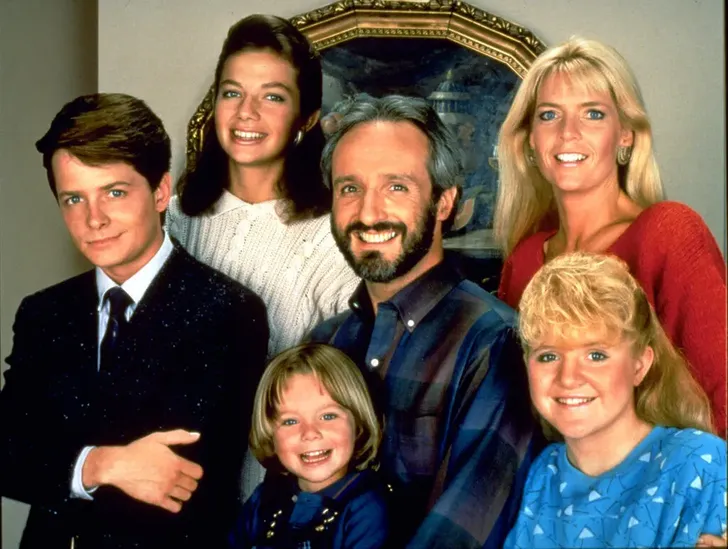
If you were a kid or teenager in the ’80s and ’90s, you probably remember Justine as Mallory Keaton from the popular TV show Family Ties. But after that, she shifted her focus from acting to working behind the scenes. Now, she’s a successful author and director. In a recent interview, the actress, now 57 years old, came back into the spotlight to share an important message with all women concerned about getting older.
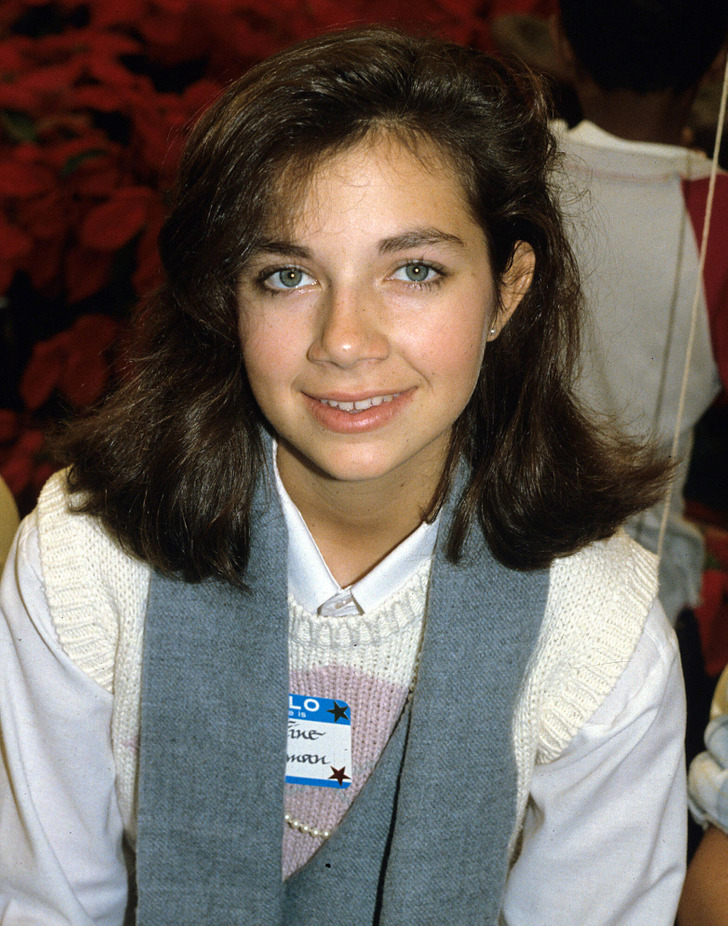
When she reached her 40s, people considered her “old.”
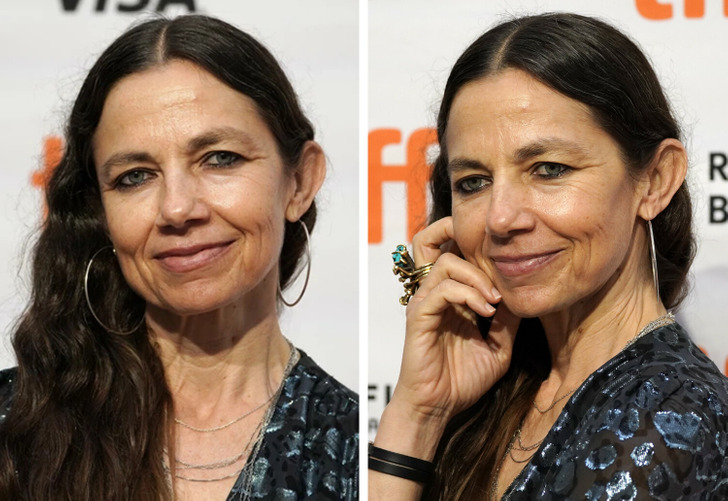
Justine didn’t think about getting older until she had to search for something online. She wanted to research and refresh her memory about something that happened during her fame. But when she typed her name, Justine Bateman, into Google, the search autocomplete suggested: “looks old.” This happened when she was only around 40 years old.
That revelation actually boosted her self-confidence.
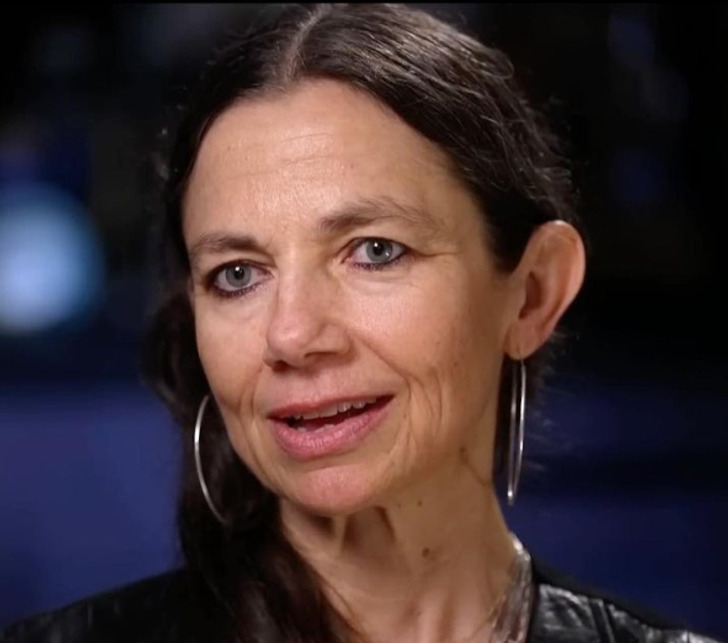
When questioned whether she had ever considered cosmetic procedures, Justine explained that plastic surgery would cause her to “lose all of her authority.” She expressed contentment with her current appearance and emphasized that she finds satisfaction in the visible signs that indicate she has evolved into a different individual from her younger self.
She even decided to write a book about her experiences.
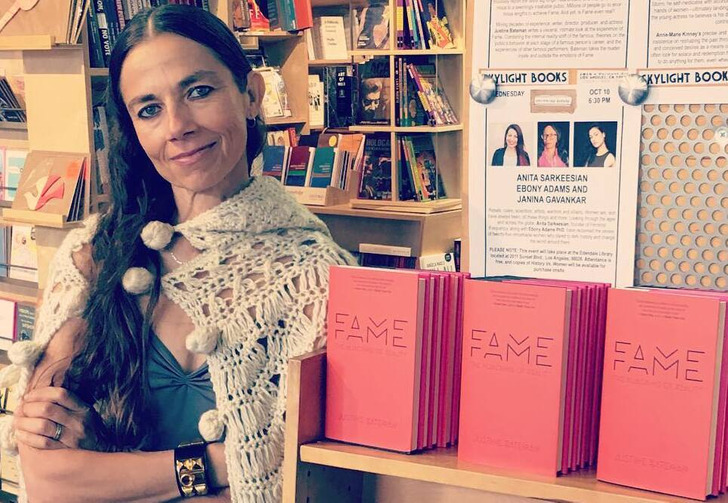
Justine doesn’t criticize those who choose to undergo beauty treatments to appear younger, but she does express a feeling of sadness for them. She explains that she feels sorry for those so preoccupied with the idea of fixing their appearance that it distracts them from focusing on the meaningful aspects of life. In 2021, Justine Bateman released a book titled “Face: One Square Foot of Skin,” which addresses this significant issue.
Women shouldn’t spend too much time fixating on their looks.
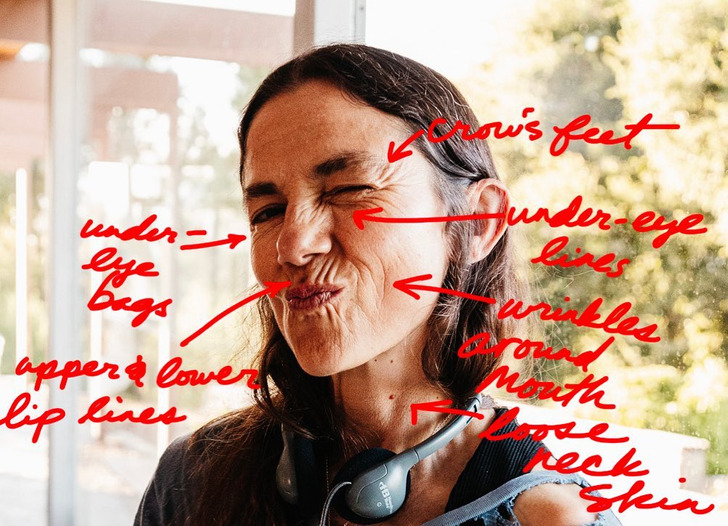
Justine shared some exciting news: “There’s absolutely nothing wrong with your face!” she wrote as the caption for an Instagram post promoting her book. Justine draws from her experiences to illustrate society’s obsession with how women’s faces transform as they age. When asked about the beauty of aging, Justine firmly states that she doesn’t care about others’ opinions. She confidently asserts, “I think I look rad. My face represents who I am. I like it, and that’s basically the end of the road.”
Several notable figures in the public eye have made the conscious choice to embrace natural aging, rejecting the pressure to undergo cosmetic interventions. One such individual is Cameron Diaz, who boldly opted to age gracefully without relying on Botox or similar treatments. After an unpleasant experience where Botox altered her appearance in an unexpected manner, Diaz decided to embrace her natural features and allow the aging process to unfold authentically.
Preview photo credit Invision / Invision / East News, Invision / Invision / East News
Earth is getting another moon at the end of this month

When the new moon begins its orbit, life as we know it is going to alter, if not permanently.
At the end of this month, another moon will momentarily arrive on Earth.
Indeed, it may seem completely absurd to write or even mention that our planet will momentarily have a new moon, but it is true.
By the end of this month, a mini-moon—a tiny asteroid—will begin its orbit around the Earth and continue until November 25.

For the next week, the asteroid known as “2024 PT5” will join our moon, which has been orbiting Earth for the past four billion years, on its trip.
“The object that is going to pay us a visit belongs to the Arjuna asteroid belt, a secondary asteroid belt made of space rocks that follow orbits very similar to that of Earth at an average distance to the sun of about 93 million miles [150 million kilometers],” Professor Carlos de la Fuente Marcos said in a statement to Space about it.The population of near-Earth objects that includes comets and asteroids includes those found in the Arjuna asteroid belt.”

Leading the study team is Marcos, who is supported by a group of scientists.
The Arjuna asteroid belt is a varied tangle of space rocks, and because of its near-Earth orbit, it is predicted to round the planet once more in January.
The tiny asteroid will move at 2,200 mph and be only 2.8 million miles from Earth, which may sound like a very long way, but in space it is actually much closer than you might imagine.
The International Space Station orbits the earth at 17,500 miles per hour to put it into perspective.
“Under these circumstances, the object’s geocentric energy may grow negative, and the object may become a temporary moon of Earth,” he said. This particular object will be subjected to this process for around two months, beginning next Monday.

Saying: “It will not follow a full orbit around Earth.”You could argue that items like 2024 PT5 are window shoppers if a genuine satellite is comparable to a consumer making a purchase inside a store.”
So how do we identify it?
Sadly, you can’t, at least not with common household objects like binoculars or a telescope your mother got you.
No, because of its size, 2024 PT5 is far more difficult to see.
Marcos went on, “Most amateur telescopes and binoculars cannot resolve the object because it is too small and dim.” But the object is well inside the brightness range of the average telescope that is used by astronomers in their profession.”A 30-inch telescope with a human eye behind it will not be sufficient to examine this object; a telescope with a minimum diameter of 30 inches and a CCD or CMOS detector are required.”



Leave a Reply